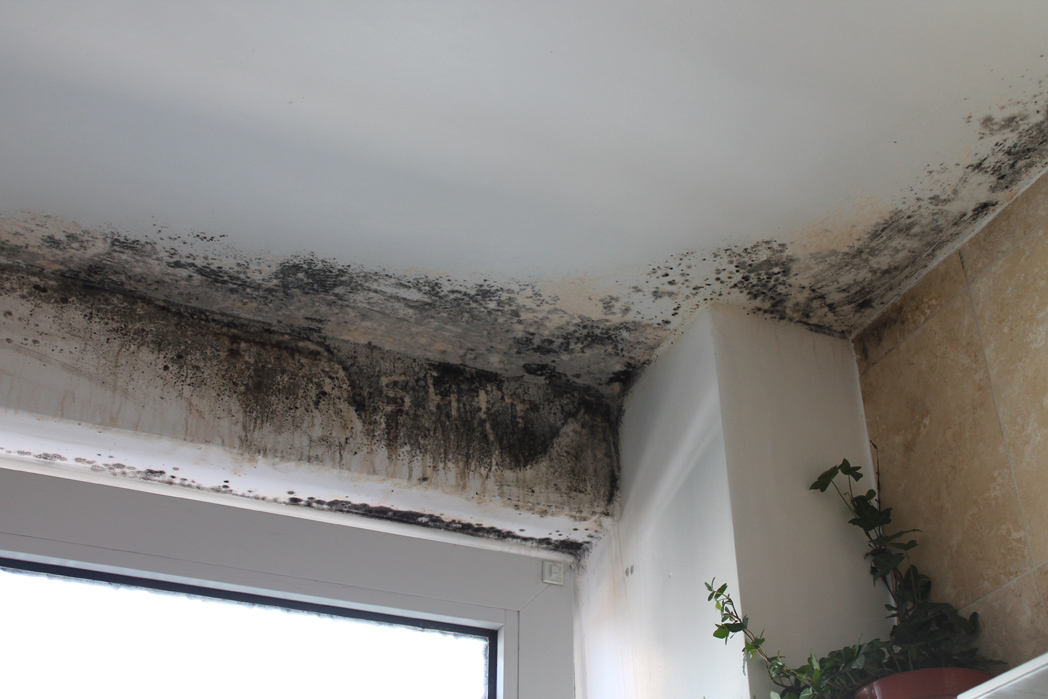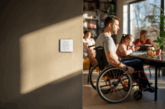
Awaab’s Law comes into force but are we still missing the root cause? Asks Richard Dudzicki, Founder of RDA Architects and Passivhaus Expert.
Awaab Ishak’s death was supposed to be a wake-up call for Britain’s housing system — but five years on, we still treat damp and mould as a nuisance, not the life-threatening building failure that it is.
This isn’t just a maintenance problem. It’s a design problem, a fabric performance problem, and ultimately a cultural problem in how we think about housing quality. Mould is a visible symptom of invisible failures: poor insulation, inadequate ventilation, and chronic underfunding of housing stock.
The figures are staggering, over a million homes with damp in 2023–24, and more than a million children living in those conditions. That’s not accidental; it’s systemic. The UK has some of the leakiest, least efficient housing stock in Europe. We’ve failed to retrofit at scale or build new homes to modern, high-performance standards. Combine that with rising fuel costs and tenants afraid to heat or ventilate their homes, and you have the perfect storm for mould growth.
Awaab’s Law is an important step, but it’s a reactive measure. It focuses on how fast landlords must respond once a problem is reported not on fixing the root causes. We’re treating the symptoms, not curing the disease.
From a building physics perspective, the solutions are clear:
• Proper insulation to eliminate cold bridging
• Balanced ventilation, ideally with heat recovery, to maintain healthy humidity
• Airtight but breathable envelopes that prevent condensation while allowing vapour to escape
This is the Passivhaus approach designing buildings that don’t create the conditions for mould in the first place. If all new builds met Passivhaus or similar standards, and if we rolled out deep retrofit programmes for existing stock, tragedies like Awaab’s would not happen.
We must also stop blaming tenants. Advice like ‘open windows’ or ‘don’t dry clothes indoors’ can’t fix a building that traps moisture or has undersized ventilation. The mould will always come back.
The tragedy is that these are all preventable failures. The knowledge, technology, and design standards already exist. What’s missing is the political will and financial commitment to tackle housing quality as seriously as we do carbon reduction. Healthy homes are energy-efficient homes.
Until we design, build, and maintain homes as systems, not just boxes to be filled, we’ll keep seeing the same headlines, and more families will suffer needlessly.
Awaab’s story should have been the moment we said, ‘never again.’ The fact that we’re still asking ‘why is this happening?’ shows how far we still have to go.
Header image: Copyright Sarah/AdobeStock









